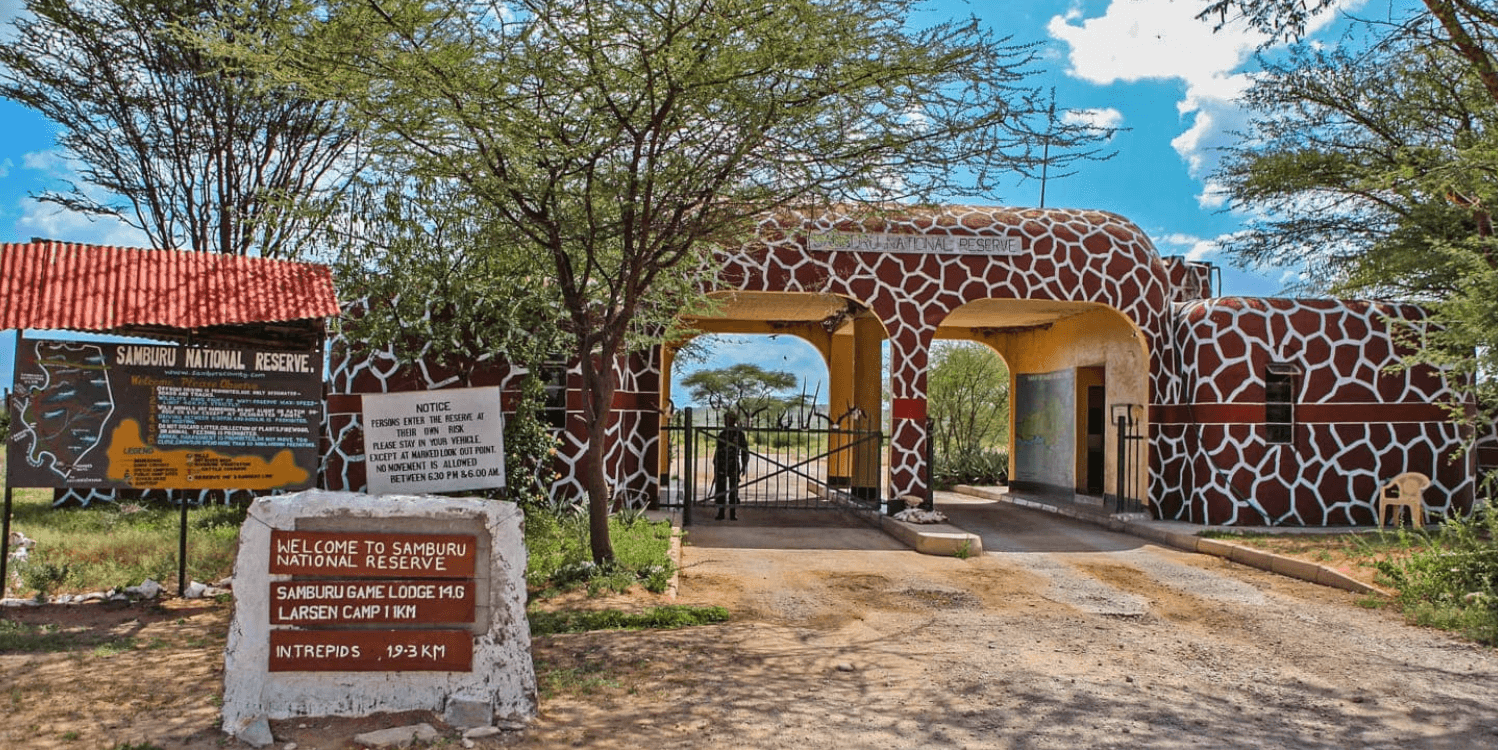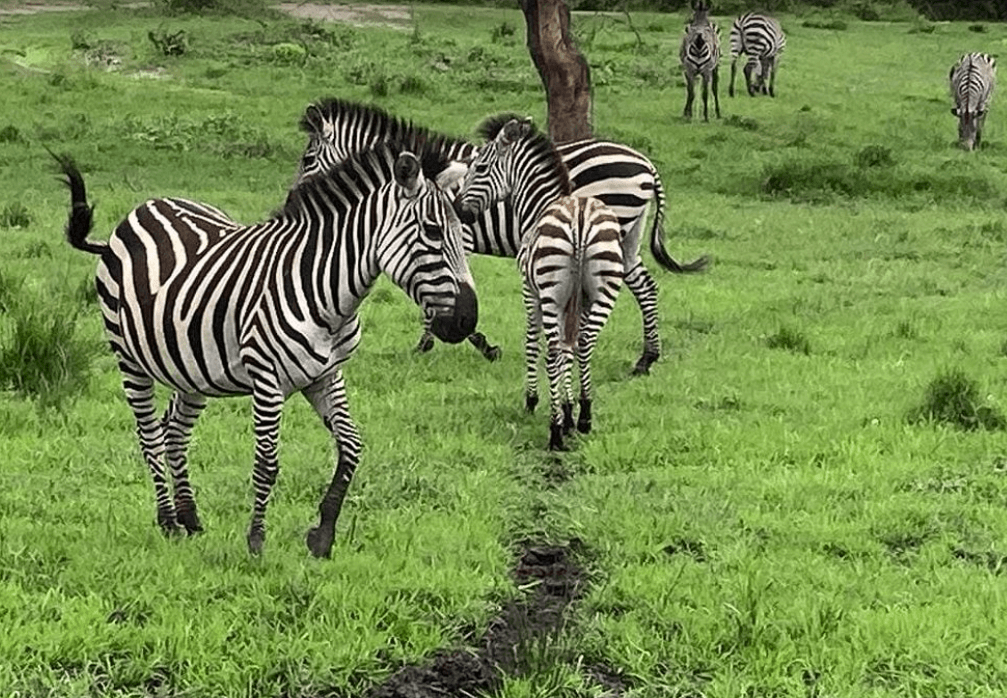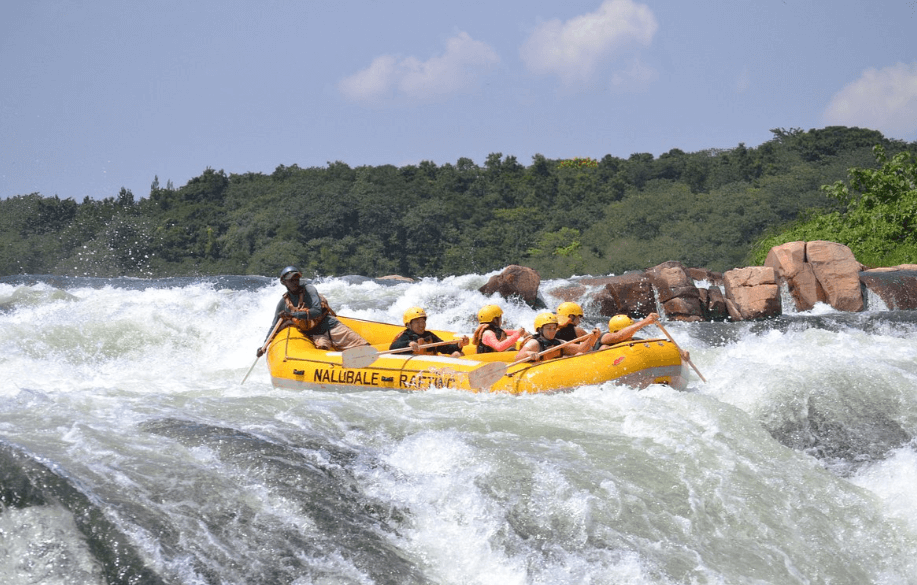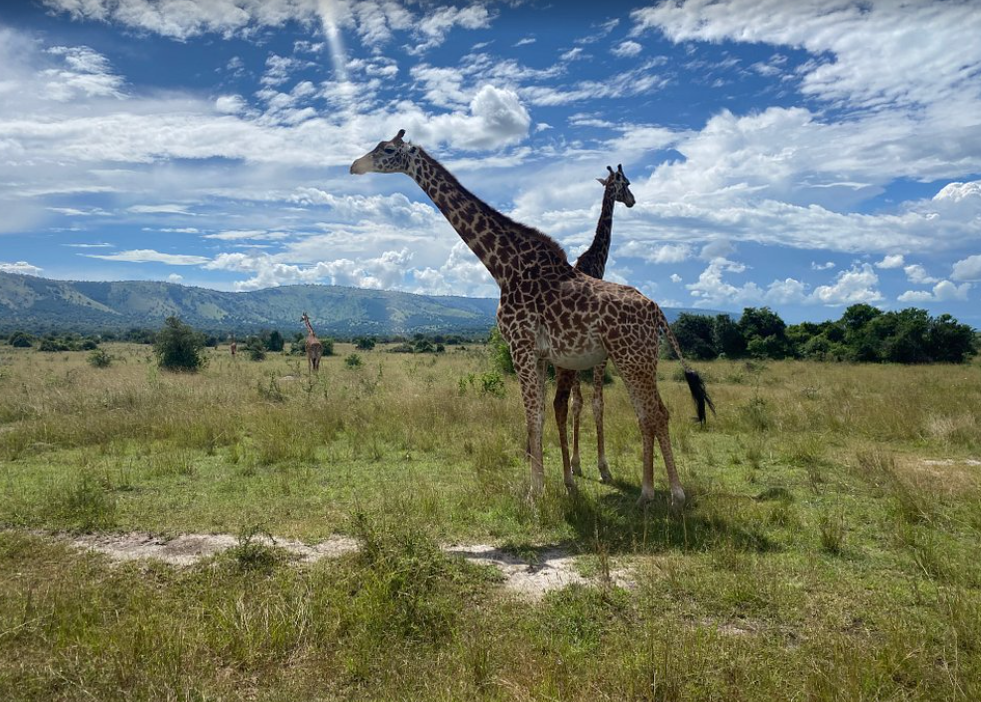Hiking to the Top of Margherita Peak: A Comprehensive Guide
Embarking on a journey to summit Margherita Peak, the highest point of the Rwenzori Mountains in Uganda, is a thrilling adventure that promises breathtaking views and a sense of achievement. However, reaching the top of Margherita Peak requires careful planning, physical preparation, and an understanding of the terrain and conditions. In this comprehensive guide, we’ll explore everything you need to know about hiking to the summit of Margherita Peak, including the time it takes to complete the trek.
Understanding Margherita Peak
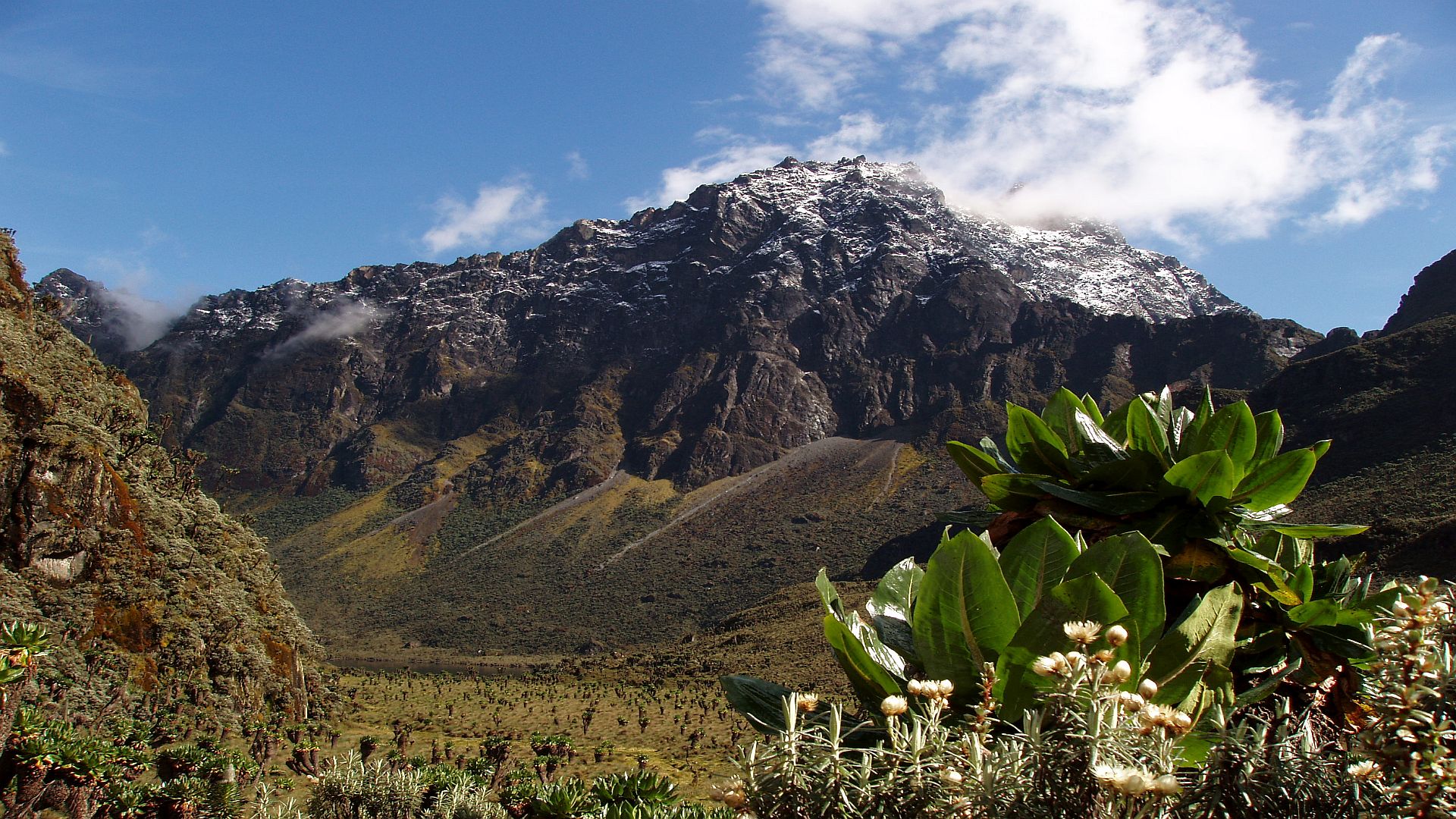
Margherita Peak stands tall at an elevation of 5,109 meters (16,763 feet), making it one of the most challenging yet rewarding peaks to summit in East Africa. Located within the Rwenzori Mountains National Park, Margherita Peak is part of the larger Rwenzori mountain range, known for its stunning glaciers, alpine vegetation, and unique equatorial climate.
Preparing for the Hike
Before setting out to conquer Margherita Peak, it’s essential to undertake thorough preparation to ensure a safe and enjoyable trekking experience. This includes:
- Physical Fitness: Hiking to the summit of Margherita Peak is a strenuous endeavor that requires a good level of physical fitness. Engage in regular cardiovascular exercise, strength training, and endurance-building activities in the months leading up to your trek.
- Acclimatization: As you’ll be ascending to high altitudes, acclimatization is crucial to prevent altitude sickness and ensure a successful summit attempt. Plan to spend several days acclimatizing at lower elevations before ascending to higher camps.
- Gear and Equipment: Invest in high-quality hiking gear and equipment, including sturdy hiking boots, layered clothing for varying temperatures, waterproof outerwear, trekking poles, a comfortable backpack, and a reliable sleeping bag and tent.
- Guided Tours: Consider joining a guided hiking tour led by experienced mountain guides who are familiar with the terrain and can provide support and assistance throughout the trek.
The Route to Margherita Peak
The most common route to Margherita Peak is via the Central Circuit trail, which typically takes between 6 to 8 days to complete. Here’s a breakdown of the route:
- Day 1-2: Nyakalengija to Nyabitaba Hut (2,652m): Begin your journey at the Nyakalengija trailhead and hike to Nyabitaba Hut, the first overnight stop. The trail passes through lush montane forest, offering glimpses of wildlife and birdlife along the way.
- Day 3-4: Nyabitaba to John Matte Hut (3,414m) to Bujuku Hut (3,962m): Continue ascending through the forest to John Matte Hut, where you’ll spend the night. The following day, trek to Bujuku Hut, passing through the magical Giant Lobelia and Senecio forests.
- Day 5-6: Bujuku Hut to Elena Hut (4,540m) to Margherita Peak (5,109m): From Bujuku Hut, ascend to Elena Hut, the base camp for the summit push. On the final day, begin the pre-dawn ascent to Margherita Peak, navigating steep terrain and possibly snow and ice.
- Day 7-8: Descend to Nyabitaba Hut and Return to Nyakalengija: After summiting Margherita Peak, descend back to Nyabitaba Hut and continue down to Nyakalengija to complete the trek.
Time to Summit Margherita Peak
The time it takes to hike to the top of Margherita Peak varies depending on several factors, including weather conditions, individual fitness levels, and the chosen route. On average, the ascent from Elena Hut to Margherita Peak and back can take anywhere from 8 to 12 hours.
Factors Affecting Hiking Time
Several factors can influence the time it takes to hike to the summit of Margherita Peak:
- Altitude: As you ascend to higher elevations, the decrease in oxygen levels may slow your pace, requiring frequent rest breaks and a slower overall hiking speed.
- Terrain: The terrain leading to Margherita Peak is rugged and steep, with sections of loose scree, boulders, and possibly snow and ice. Negotiating these obstacles can significantly impact hiking time.
- Weather Conditions: Adverse weather conditions, such as rain, snow, or high winds, can impede progress and require extra caution and time to navigate safely.
- Physical Fitness: Individuals with a higher level of physical fitness may be able to maintain a faster pace and require fewer rest breaks, ultimately reducing the overall hiking time.
Tips for a Successful Summit Attempt
To maximize your chances of reaching the summit of Margherita Peak safely and successfully, consider the following tips:
- Start Early: Begin the summit push in the early hours of the morning to allow ample time to reach the peak and descend before inclement weather sets in.
- Stay Hydrated and Fueled: Drink plenty of water and consume high-energy snacks throughout the hike to maintain hydration and energy levels.
- Follow Guide’s Instructions: If you’re part of a guided tour, listen to your mountain guide’s instructions and advice, as they have invaluable knowledge of the route and conditions.
- Pace Yourself: Maintain a steady pace throughout the ascent, taking regular rest breaks to catch your breath and refuel.
- Be Prepared for Altitude Effects: Be mindful of symptoms of altitude sickness, such as headache, nausea, and dizziness, and descend immediately if symptoms worsen.
Hiking to the top of Margherita Peak is a challenging yet immensely rewarding endeavor that offers unparalleled views and a profound sense of accomplishment. By adequately preparing, understanding the route, and allowing sufficient time for acclimatization and the summit push, you can increase your chances of reaching the summit safely and enjoying the experience to the fullest. So, lace up your hiking boots, pack your gear, and embark on the adventure of a lifetime to conquer Margherita Peak in the Rwenzori Mountains of Uganda.


